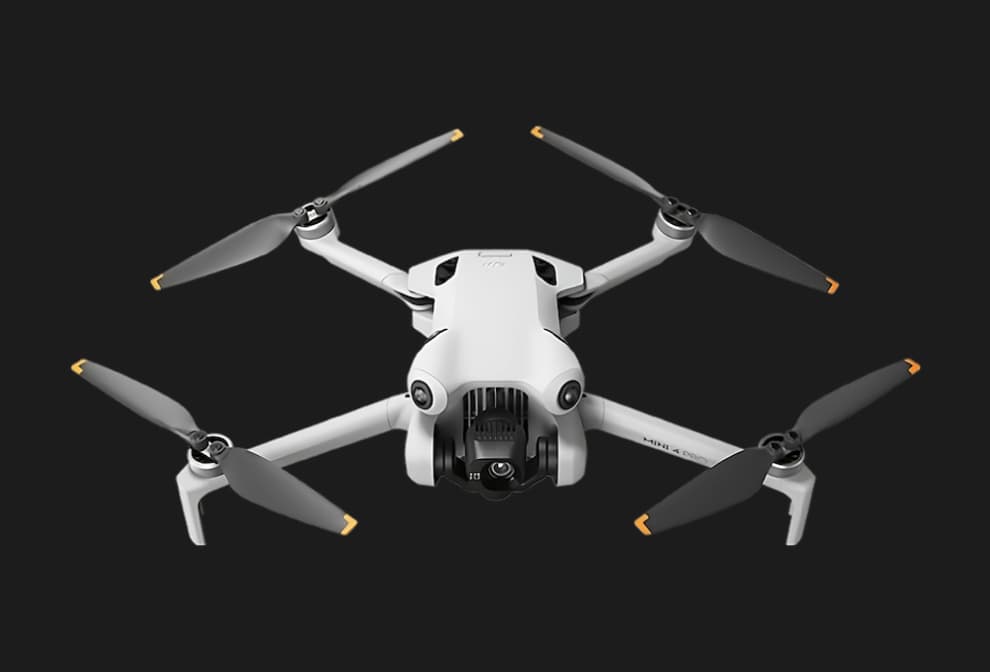Are drones allowed in Honduras?
Drone usage in Honduras is permitted under the regulations set by the AAC (Honduras Civil Aeronautics Agency). Please continue reading to learn more about the specific details.
Honduras drone laws checklist:
- If your drone weights more than 250g you should register
- The operation of "RPAS" is limited to a maximum altitude of 400 feet (122 meters) above ground level (AGL).
- Adverse conditions and meteorological risk factors such as strong winds, precipitation, rain, and atypical solar activity prohibit the operation of "RPAS".
- The "RPAS" must be operated within the visual range of the Pilot and cannot be flown beyond that distance.
- Simultaneous operation of two or more "RPAS" by the same Remote Pilot is not permitted.
- Operating an "RPAS" while under the influence of alcoholic beverages, psychotropic drugs, or narcotic substances that affect psychomotor response and situational awareness is prohibited.
- "RPAS" operations are restricted to daytime hours between twilight evening civil twilight and morning civil twilight, excluding instrument flight (IFR) conditions.
- Throwing or releasing objects from the "RPAS" during its operation is not allowed.
- The operation of "RPAS" is prohibited in prohibited, restricted, or dangerous airspace areas published in the current AIP in Honduras.
- "RPAS" operations are not permitted within specified radiuses: 2.7 nautical miles (5 kilometers) around an airport, 1.5 nautical miles (3 kilometers) from an uncontrolled aerodrome, and 0.5 nautical miles (1 kilometer) from a heliport.
- "RPAS" operations must maintain a safe distance from crewed aircraft and ongoing air operations.
- The operation of "RPAS" is prohibited in military installations and entities, including areas related to national security, government institutions, power stations and substations, hydroelectric dams, seaports, hospitals, prisons, diplomatic bodies, biological reserves, and areas regulated by municipal authorities.
- A radius of two kilometers (2 km) around places where the President of the Republic, Presidential appointees, national authorities, or embassies are located prohibits "RPAS" operations.
- "RPAS" operations are not allowed over populated urban areas, public events, crowds, or buildings.
- By law, the transportation or housing of animals, dangerous goods, or substances using "RPAS" is strictly prohibited.
Honduras flying restrictions
- Drone propellers and/or rotors must not be constructed using metal materials.
The RPAS must be constructed with components made of suitable materials that break, deform, or yield upon impact to minimize the risk of harm to individuals, structures, or objects in the event of a collision. - The weight (takeoff mass) of the RPAS should not exceed the allowable limit according to its designated category.
- The RPAS should be equipped with appropriate mechanisms for safe deployment and recovery, such as landing gear, skids, nets, parachutes, etc.
- The RPAS must be equipped with an assisted flight system (flight controller) that ensures controlled and stable operation throughout the entire flight.
- It should have an onboard positioning system (GPS) and a flight data recorder (logbook) that records the position and stores information about the operations.
- The RPAS should have security mechanisms (such as Return to Home (RTH), - Return to Launch (RTL), etc.) that enable automatic return in case of communication loss with the ground control station or other emergencies.
- A robust radio communication system(s) must be in place to ensure continuous command and control of the RPAS, as well as telemetry transmission of essential data to the remote pilot during operations. These systems should be resistant to interference and should not cause any interference themselves.
- The remote pilot interface or ground control station should be reliable, compatible with the remote pilot, and capable of providing command capabilities and real-time data visualization throughout the entire operation.
- All relevant technical documentation pertaining to the operation, maintenance, and history of the RPAS, including manuals, instructions, logs, etc., should be available and accessible.

Editor's Choice
Best Drone for Travel: DJI Mini 4 Pro
This ultra-compact, lightweight drone is perfect for travelers seeking high-quality footage without the bulk. Weighing only 249g, it fits within regulations for most countries, making it ideal for international travel. With advanced features, extended battery life, and user-friendly controls, the DJI Mini 4 Pro is your ultimate travel companion. Capture your adventures from a new perspective and create memories that will last a lifetime.
⚖️
249g
👌
4K/60fps
📡
20km
🔋
34min
Help us get better!
Found an inaccuracy? Or would you like to share your experience?
Let us know!
Let us know!